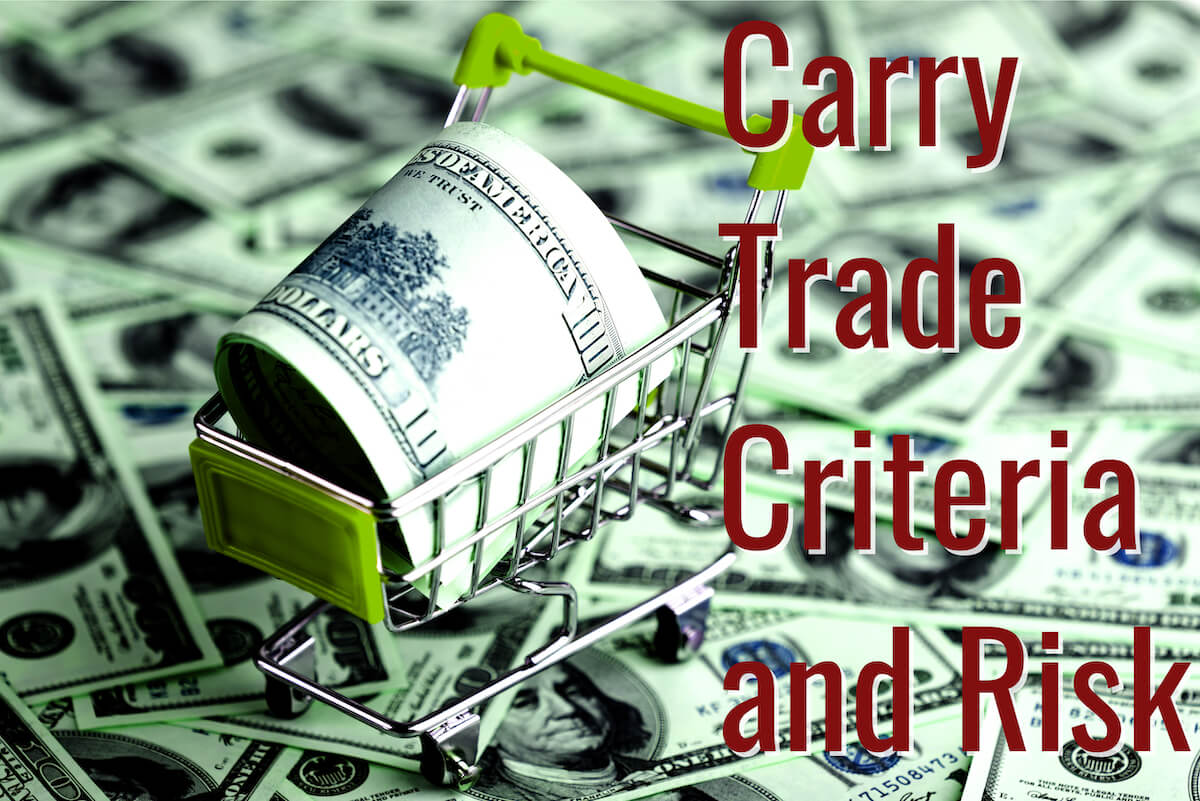Introduction
Carry trade involves borrowing or selling of an asset that has a low-interest rate, for the purpose of using the fund proceeds to make another investment with a higher rate of interest. By paying a lower rate of interest on assets and collecting a higher interest rate from another asset, traders make a difference in the interest rate.
Currency Carry Trading – How Does It Work?
In currency carry trading, the trader borrows one currency known as the borrowing fund. And, then they use this fund to purchase another currency. The traders pay low-interest rates on the borrowed currency while collecting a higher interest rate on the purchasing currency. This type of trade gives traders an effective alternative to purchasing low and sell high, which is difficult to do on other trading options. AUD/JPY and NZD/JPY are the most common currency pairs to carry trade.
Opportunities & Risks Involved
The most profitable time to perform a carry trade is when the country’s central banks are increasing or about to raise the interest rate. Low volatility situations are also profitable for these trades as traders are more likely to take more risks. Granted that the value of the currency does not fall, traders are likely to get a good amount.
There is a big risk associated with currency carry trading, primarily because of the uncertainties associated with the exchange rate. When high leverage levels are used in this trade, it implies that even small movement in the exchange rates can result in a substantial loss if the traders fail to hedge their positions properly.
Risk Management
While lucrative, carry trading comes with its own share of risks. This is because currencies are prone to volatility. Moreover, the negative market sentiment of the traders within the currency market can also have a substantial impact on carry pair currencies. Without improper risk management, traders could end up bearing a high degree of risk. The best way to avoid risk in a carry trade is when the market sentiment and fundamentals support them.
Final Thoughts
If you are looking to invest in a carry trading, the first steps are to select the most lucrative broker vs currency pair combination. The charges of brokers vary significantly across various currencies. Therefore, it is important to ensure that the trade offers an effective risk-adjusted return. Cheers.



